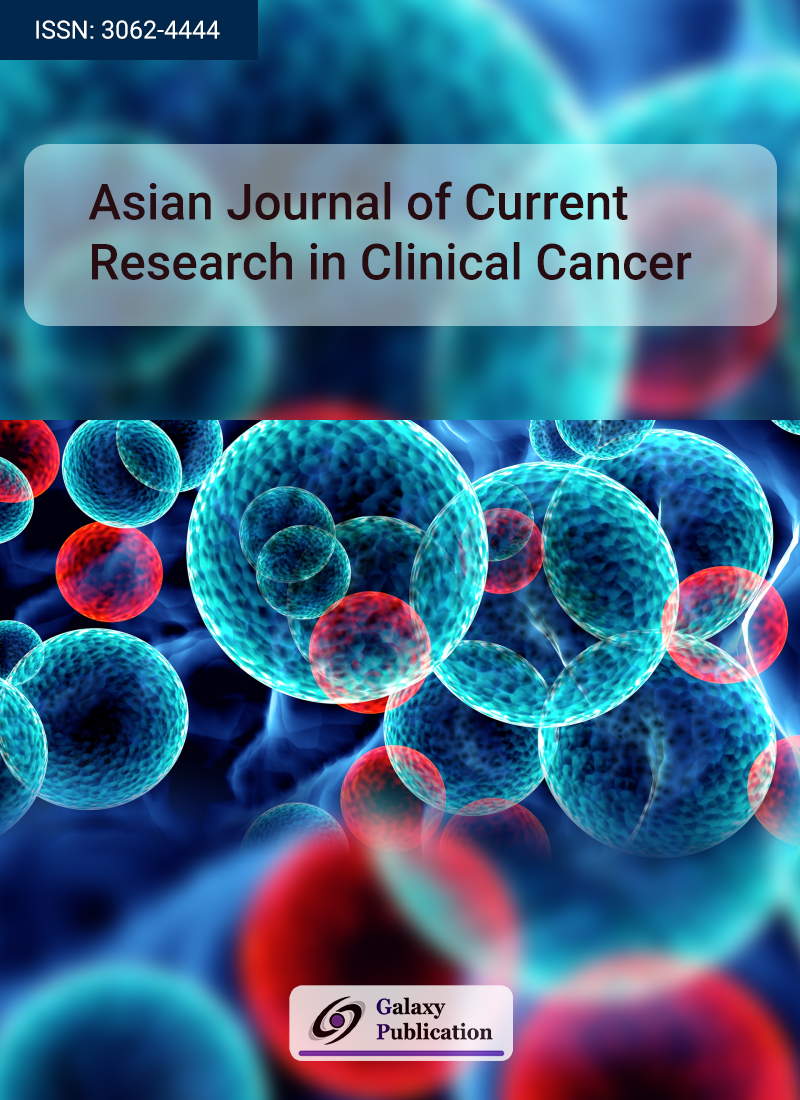
This research explores alternative cancer treatment options that minimize the severe side effects often associated with conventional therapies. Plasma medicine, a multidisciplinary field combining biology, clinical medicine, plasma physics, and chemistry, has emerged as a promising approach to cancer treatment. Stevia extracts, a natural sweetener derived from the Stevia plant, are known for their anti-cancer properties. The current study investigated the effects of gliding arc discharge (GAD) plasma and Stevia on the HepG2 cell line. Eight experimental groups were established: a control group, a Stevia extract group (17.5 μg/ml), GAD-exposed groups with three different exposure times (40, 60, and 80 seconds), and combined treatment groups of Stevia with each GAD exposure. The study evaluated cell viability, as well as the gene expression of P53 and Bcl2, and protein levels of PARP-1 and TNF-α. The results showed that the combined GAD treatment with 60 and 80 seconds of exposure was the most effective treatment and significantly reduced cell viability in the HepG2 cells. This treatment also increased the expression of P53, decreased the level of Bcl2, and inhibited the expression of PARP-1 and TNF-α proteins. In conclusion, this study suggests that the combination of GAD plasma exposure with Stevia can be a promising therapeutic strategy for certain types of cancer, acting through molecular mechanisms such as cell toxicity, tumor suppressor gene activation (P53), regulation of apoptotic genes (Bcl2), inhibition of DNA repair (PARP-1), and modulation of immune response (TNF-α).